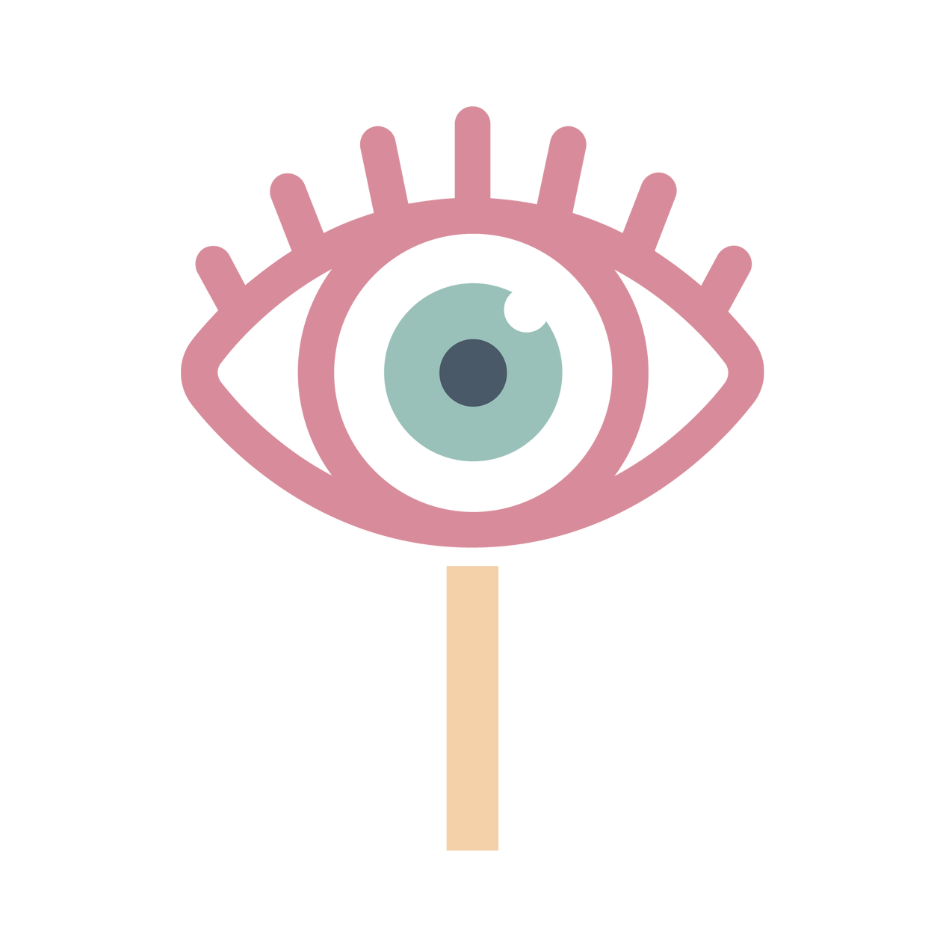Demystifying Glaucoma: The Silent Sight Stealer
Glaucoma is more than just an eye condition; it's a group of disorders that can lead to irreversible vision loss through damage to the optic nerve, often associated with increased eye pressure. Recognized as one of the leading causes of blindness, understanding glaucoma is crucial for early intervention and effective management.
Types of Glaucoma
Primary Open-Angle Glaucoma (POAG)
Definition and Progression
POAG is the most common form of glaucoma. It is characterized by a gradual neuropathy of the optic nerve with associated peripheral vision loss that often goes unnoticed until significant vision loss occurs. It is not caused by another systemic or local disease.
Diagnosis
It’s usually detected during routine eye exams, where doctors notice increased intraocular pressure or changes in the optic nerve.
Treatment
Treatment includes eye drops, laser therapy, or surgery to lower eye pressure and prevent further optic nerve damage.
2. Angle-Closure Glaucoma (ACG)
Acute vs. Chronic
ACG can be acute or chronic. Acute ACG is a medical emergency characterized by rapid onset of symptoms, while chronic ACG develops slowly over time. Anatomically, the eyecare provider will see a narrowing in the region of the eye where the fluid within the eye will drain (aka narrow angles).
Symptoms
Symptoms of acute ACG include severe eye pain, blurred vision, headache, nausea, vomiting, and seeing halos around lights.
Treatment
Immediate treatment is critical in acute cases to reduce eye pressure. Chronic ACG is usually managed with medication, laser therapy, or surgery.
3. Normal-Tension Glaucoma (NTG)
Unique Features
In NTG, optic nerve damage occurs similarly to POAG, but with normal eye pressures. The etiology is not fully understood, but there have been associations made in conjunction with poor blood flow to the optic nerve.
Risk Factors
Risk factors include a family history of the condition, optic nerve hemorrhage and certain heart diseases.
Management
Regular monitoring and similar treatment strategies as POAG are employed to manage NTG.
4. Secondary Glaucoma
Causes
This type occurs as a result of another medical condition or injury that causes or contributes to increased eye pressure, leading to optic nerve damage.
Varieties
Types include pigmentary glaucoma, pseudoexfoliative glaucoma, trauma, and neovascular glaucoma, among others.
Treatment
Addressing the underlying cause is crucial, alongside standard glaucoma treatments.
5. Congenital Glaucoma
Onset
This rare type is present at birth or develops during early childhood. Incidence of 1 in 10, 00 births.
Symptoms
Symptoms may include cloudy eyes, excessive tearing, or sensitivity to light.
Treatment
Surgery is usually the primary course of management, but is dependent on the type of glaucoma.
General Causes and Risk Factors
While high eye pressure is a significant factor, glaucoma's onset can also be influenced by age, particularly in older individuals, a family history of the condition, certain systemic health issues like diabetes, and ethnic background, with higher prevalence noted in African-Americans and Asians.
Symptoms and Early Signs
Open-angle glaucoma often betrays no early warnings, leading to a gradual loss of peripheral vision. Conversely, angle-closure glaucoma can present with acute symptoms like severe eye pain, nausea, red eyes, and blurred vision. Regular eye exams is imperative for early detection, especially for at-risk groups.
Diagnosis
Diagnosing glaucoma involves various tests, including tonometry to measure eye pressure, ophthalmoscopy for optic nerve examination, and perimetry for assessing the visual field.
Risk Assessment
Individuals at higher risk, such as those with a family history of glaucoma, African American or Hispanic descent, or over the age of 60, should have more frequent and comprehensive screenings.
Treatment Options
Treatment aims to halt further damage, as the existing damage is often irreversible.
Medications
Eye drops are frequently prescribed to lower intraocular pressure.
Laser Therapy
Options like Trabeculoplasty for open-angle and Iridotomy for angle-closure glaucoma are available.
Surgery
Procedures such as the implantation of a drainage device may be necessary in advanced cases.
Living with Glaucoma
Adapting to life with glaucoma involves embracing lifestyle modifications such as regular exercise and protective eyewear. Adherence to treatment regimens and consistent follow-ups with an eye care professional are key to managing the condition.
Prevention and Early Detection
While prevention may not be possible, minimizing the impact of glaucoma is achievable with early detection. Regular eye examinations are paramount, especially for those in high-risk categories.
Conclusion
Understanding glaucoma and its different types is the first step towards proactive prevention. We would encourage everyone to consult with their eye care professionals for personalized advice and regular examinations, especially those in high risk groups. While some types of glaucoma can be managed effectively with early detection and treatment, others require more urgent medical attention. Awareness and education about these various forms are key to preserving vision and quality of life for those affected.

